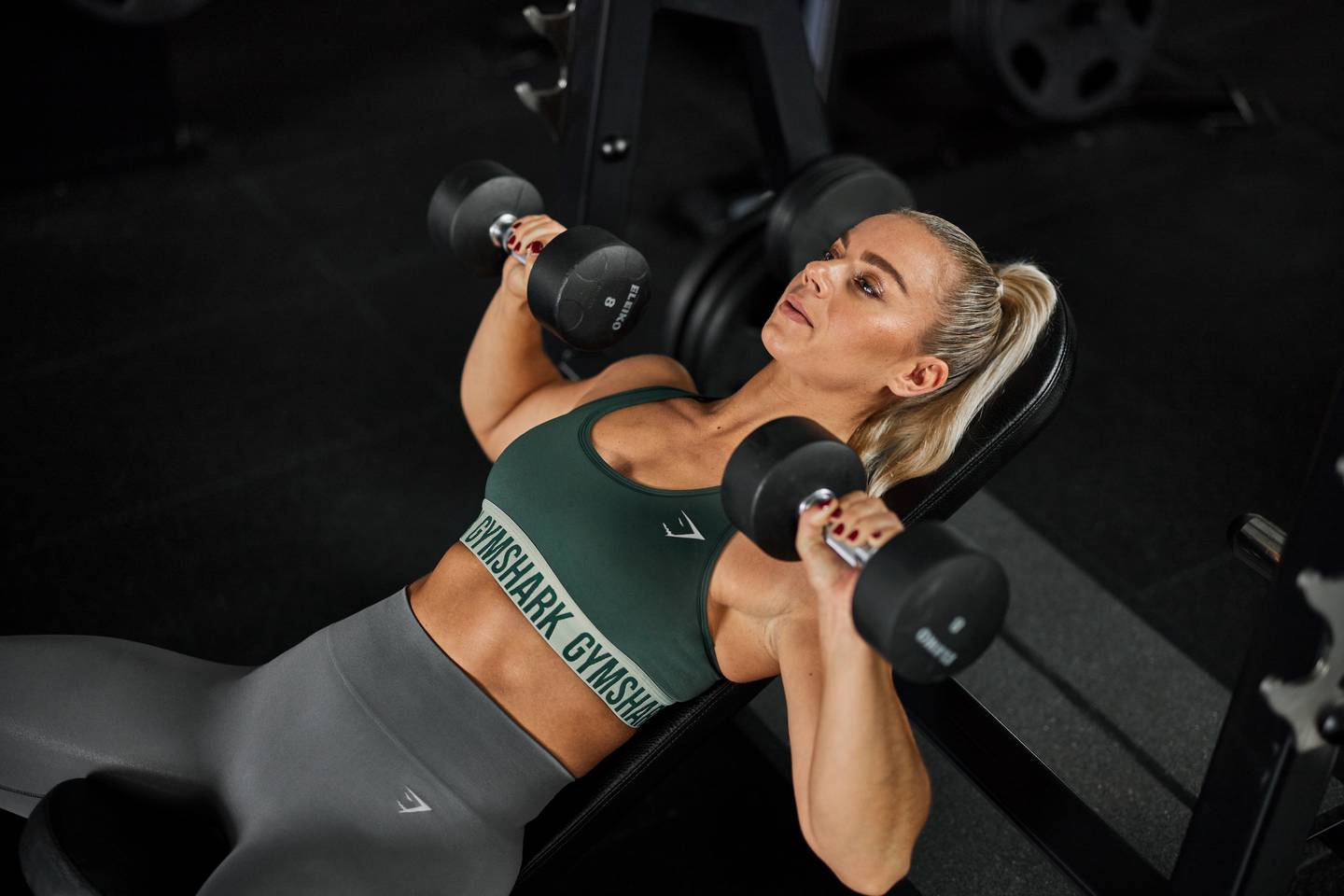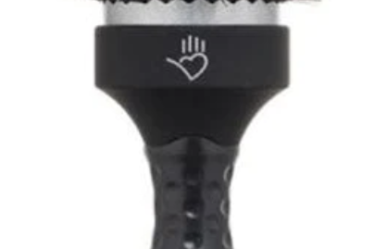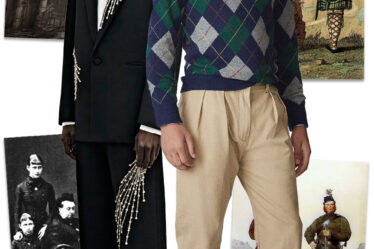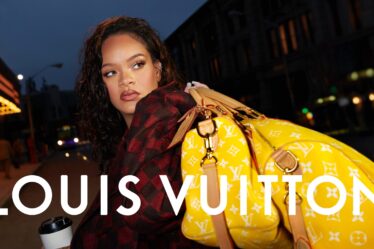
When Adidas announced it had re-engineered its assortment of sports bras last month, it wasn’t just the accompanying tweet — which included photos of 25 women’s bare breasts — that got attention.
With 43 new styles in 72 sizes, the collection is Adidas’ most robust sports bra assortment yet, and was celebrated by shoppers who appreciated the size inclusivity. But the collection’s arrival also highlighted how even an established athletic wear giant like Adidas was still trying to figure out how to engineer the perfect sports bra.
“It’s complex because it is not a one size fits all,” said Amy Charlton, senior director and head of global product of bras and tights at Adidas. “Breasts are so diverse, so unique, so different. So our product development process is ongoing and is an evolution.”
Adidas is one of a slew of activewear companies small and large spending time, money and resources to make better sports bras. In the fall, the start-up ThirdLove launched sports bras with half-cup sizing and adjustable hook-and-eye closures to “end post-workout sweaty bra removal struggles,” per its marketing copy. In October, Under Armour debuted its SmartForm Rush bra, which the company says includes infrared technology to enhance performance and features adaptive cups that mould to breasts. Later this year, Gymshark will introduce new sizing and updated materials to its sports bra assortment too.
The diversity of women’s bodies and the evolution of how women and female-identifying shoppers are exercising means brands must continue to iterate on the product. Experts say sports bras are one of the most difficult products in apparel to execute, because of the need for a robust sizing range, as well as materials, construction and fit that require special research and development.
Brands like Adidas and Gymshark are iterating on their sports bra assortment during a boom moment for the category. Sports bra sales grew 54 percent in 2021 and hit $10 billion in sales, according to NPD.
The already-thriving athletic wear category also shows no signs of slowing down — the global sportswear market hit €295 billion ($325 billion) in 2021, according to McKinsey, and is expected to grow 8 to 10 percent annually. With that, many companies, including Adidas, are investing in the development of sports bras, which they see as the key to winning the women’s athletic market.
“We are on a very long journey to double down and engage, more so than we’ve ever done, with our female customer, and in order to win with our female customer, we need to start with a bra assortment,” Charlton said. “Bras are an emotionally charged classification, and we hope that if more female shoppers can see themselves in the assortment, they’ll come back to Adidas for all their solutions.”
A Product Decades in the Making
The first sports bra was invented in 1977 by two women in New Jersey who sewed two jockstraps together to avoid the painful bounce they experienced while jogging.
The category quickly evolved. But for a long time, athletic brands treated sports bras like they did pants or tops; making the product in mundane materials, and in the typical small, medium and large sizes.
These days, fitness brands view the development of sports bras as a science. They set up laboratories where products are put under stress tests. They also often work closely with biomechanical scientists. For its category revamp, Adidas teamed up with Joanna Wakefield-Scurr, a professor at the University of Portsmouth in England who has pioneered research in breast health and has also worked with competitors like Under Armour.
Sports bra development requires such scrutiny because of the product’s unique function. Nowadays, brands create sports bras for specific types of fitness: Adidas, for example, differentiates products for running, yoga or high-intensity training. Beyond that, companies must also study a bra’s movement, function and durability. Finding the right fit is important to minimise discomfort and avoid damage to the breast tissue.
“You need to look at bone, muscle, fat, skin and tissue and consider that [it all] can be high, low, centre or at the bone,” said Dr. LaJean Lawson, a sports bra researcher who’s been working in the field since 1984. “Breasts have an elastic tissue that responds to ground reaction forces and it’s a very complicated topology in a small space.”
Sales in the category are largely driven by leaders like Lululemon, Athleta, Nike and Under Armour, who own a large portion of the category, along with Victoria’s Secret and American Eagle’s Aerie.
Recently, however, smaller, direct-to-consumer brands like Girlfriend Collective, Alo Yoga, Vuori, Gymshark and Oner Active have been gaining ground in the category by emphasising fit, comfort and materials. They’ve been quicker at responding to consumer trends than bigger companies like Nike and Adidas, said Nina Marston, senior analyst at Euromonitor. One recent shift that larger companies are now playing catch up to is the purchase of sports bras for loungewear. As more shoppers ditch their underwire bras in favour of sports bras, the product is not solely relegated to fitness.
“Technical features were incredibly important for Nike and Adidas, but they were very late to… championing comfort,” said Marston. “Meanwhile, you have smaller brands stealing market share.”
The Product Innovation
In some ways, sports bra product development has gotten easier, now that companies can use social media feedback to tweak their assortment. After listening to feedback, Brooks Running added mesh to the back of its sports bras last summer, as well as strategically placed perforation to its bras’ cleavage to help with sweat, said Angelica Jenett, the company’s design manager. Customer feedback also informed Gymshark’s revamp of its sports bra sizing.

But the field has also gotten more complicated. More brands are finally paying attention to plus-size women, said Lawson, which requires more than just making a garment larger. And as more women become involved in fitness, brands need to respond with updated products, including for activities like “boxing or horseback riding,” said Danielle Petesic, Gymshark’s chief product officer, who joined the start-up last year from Lululemon.
Brands can live up to the challenge by experimenting with materials, using fabrics that “behave in unusual ways, that closely fit over curves,” said Lawson.
“There’s this impression that the material needs to be stretch in active, but we’re looking at ways to wrap the breast instead to offer support,” added Petesic.
Brands have also been researching how to update small details, like seams and closures. Some, like Under Armour and Lululemon, have been working to laminate bra seams instead of stitching them; a manufacturing touch that helps with comfort, said Lawson.
And though more fashion-focused trends have emerged, such as sports bras with complicated straps that look stylish on Instagram, Lawson noted such efforts could also move the industry backwards. Brands, she said, should keep function in mind, so shoppers aren’t stuck with stylish-but-impractical bras.
“You see a bra that looks cool, but if it’s a struggle to put on or take off, that is not supporting you,” Lawson said. “You’re not just trying to accommodate the body, you want to make a product that celebrates it too.”



